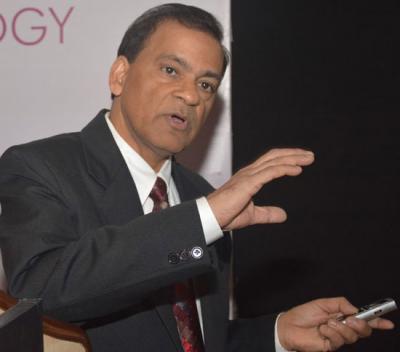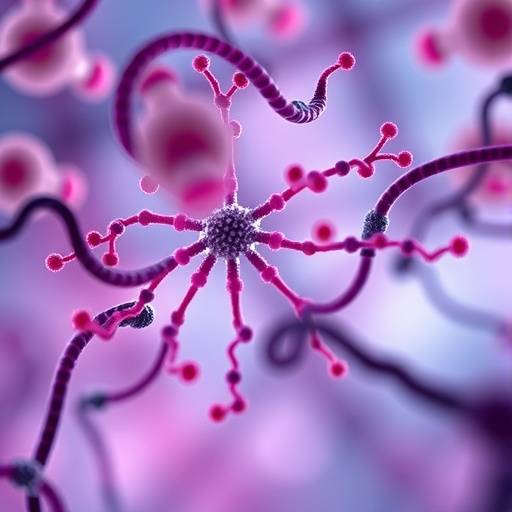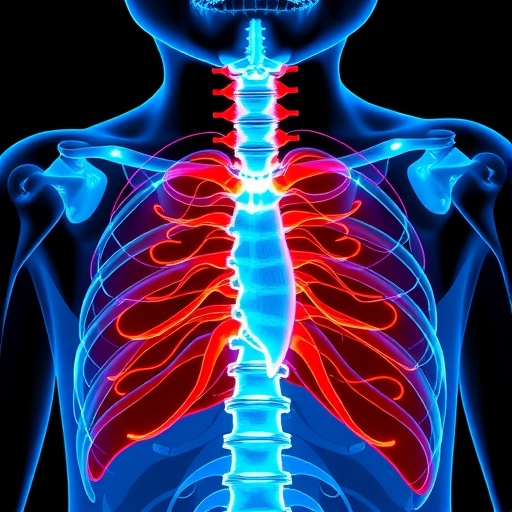
Credit: Courtesy of Dr. Ram Raj Singh.
FINDINGS
Researchers from the UCLA Jonsson Comprehensive Cancer Center and the La Jolla Institute for Immunology have identified a new type of T cell called a phospholipid-reactive T cell that is able to recognize phospholipids, the molecules that help form cells’ outer membranes.
The scientists also discovered that phospholipids compete with glycolipids, another type of molecule that helps form cells’ outer membranes, in a way that prevents glycolipids from readily reaching the surface of a cell.
BACKGROUND
Cell membranes are primarily made up of two types of lipids — phospholipids and glycolipids. Inside cells, these lipids bind to a molecule called CD1d that transports them to the surface. Once there, phospholipids stimulate phospholipid-reactive T cells, and glycolipids stimulate a different type of T cell called iNKTs.
On their way to the cell’s surface, phospholipids more easily attach themselves to CD1d molecules, making it more difficult for glycolipids to attach to CD1d. Because of this, it is harder for glycolipids to make it to the surface of the cell. This means that iNKTs cannot be as easily stimulated by glycolipids.
Scientists believe iNKT cells are necessary because they appear to protect cells against the progression of certain cancers and autoimmune diseases. However, iNKT cells are extremely active and can cause alcoholic hepatitis or other types of liver diseases if they are overstimulated. The phospholipid’s ability to more easily bind to CD1d molecules than glycolipids keeps a balance between the two cell types and maintains homeostasis in the immune system.
METHOD
To identify the T cells that react with phospholipids, the scientists first utilized isoelectric focusing gel electrophoresis and crystallography to demonstrate the chemical and physical binding of phospholipids to CD1d. They then loaded CD1d tetramers (groupings of four CD1d molecules) with phospholipids and used flow cytometry that detected the T cells that recognize the tetramers.
The scientists found that phospholipid-reactive T cells are rare — they accounted for only 0.3 percent to 1.8 percent of lymphocytes in animals’ liver, spleen and bone marrow. They then used crystal structure, flow cytometry and cell cultures to show that phospholipids readily occupied the CD1d groove and outcompeted glycolipids
IMPACT
Phospholipid-reactive T cells need to be further studied so that scientists can understand their function in people with alcoholic hepatitis, dyslipidemia, cancer and autoimmune diseases. If future research identifies changes in how lipid behavior influences these diseases, scientists might be able to stimulate or inhibit phospholipid-reactive T cells to treat some of those conditions.
###
AUTHORS
The research was conducted by Dr. Ram Raj Singh, Ramesh Chandra Halder, Cynthia Tran, Priti Prasad, Dhiraj Nallapothula, Tatsuya Ishikawa, and Meiying Wang, all of UCLA; and Jing Wang and Dirk Zajonc of the La Jolla Institute for Immunology.
JOURNAL
The research was published online by the European Journal of Immunology.
FUNDING
The research was supported by the Rheumatology Research Foundation, the Department of Education and the National Institutes of Health.
Media Contact
Duane Bates
[email protected]
310-206-4430
Original Source
https:/
Related Journal Article
http://dx.
News source: https://scienmag.com/




